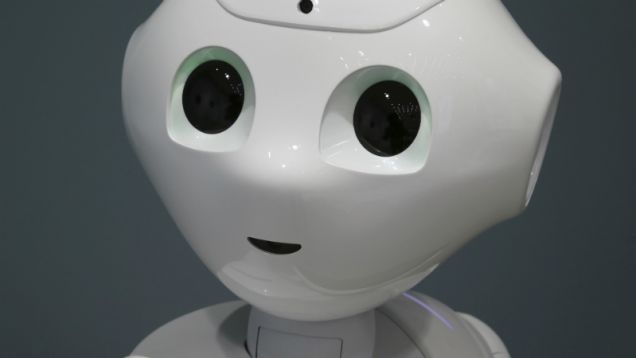Sep 17, 2015
DARPA Has Made a Brain Implant That Boosts Your Memory
Posted by Shailesh Prasad in categories: biotech/medical, neuroscience
In what may seem like a Hollywood blockbuster, Defense Advanced Research Projects Agency (DARPA) has developed an implant that goes directly onto the human brain.
The agency wrote in a statement their device is showing promise with improving patient’s memory tests scores. It is “raising hope that such approaches may someday help individuals suffering from memory deficits as a result of traumatic brain injury or other pathologies.”
DARPA’s Restoring Active Memory (RAM) program presented their preliminary findings at the ‘Wait, What? A Future Technology Forum,’ which is also hosted by the agency at St. Louis.

















